TL;DR
Troye Sivan’s home embraces sculptural minimalism, organic textures, and layered warmth — a blueprint for quiet luxury interiors. Learn how to recreate this celebrity home design with smart scale, lighting layers, and a tactile, neutral palette.
Troye Sivan’s Home Interior Design: The Cultural Moment
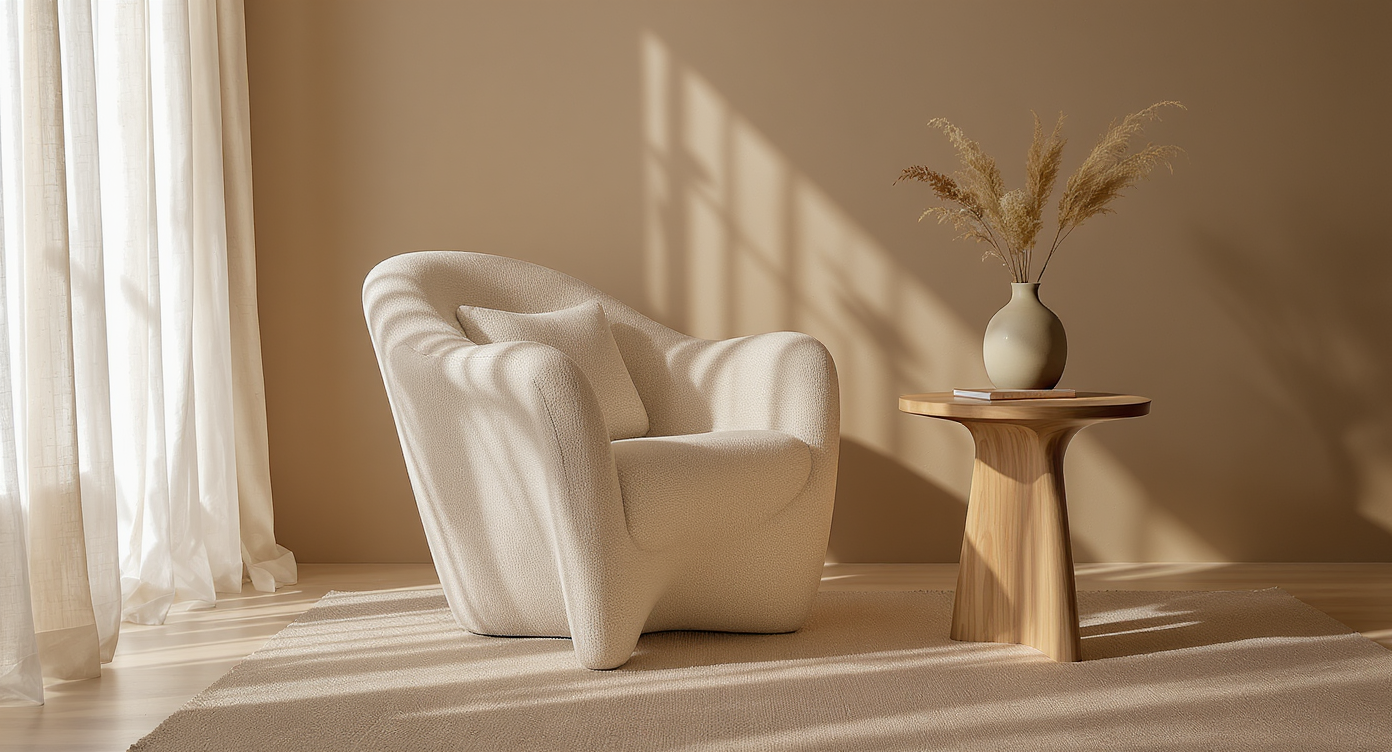
A vignette reflecting calm and craft with organic textures and neutral tones, defining quiet luxury interiors.
A grounded, modern celebrity home with sculptural furniture, neutral tones, and organic warmth — Troye Sivan’s Melbourne house sets the tone for 2025’s quiet luxury interiors.
Step inside Troye Sivan’s home interior design and you’ll feel it first: exhale. The singer’s Melbourne base isn’t about showy square footage; it’s about stillness, craftsmanship, and a lived-in, creative calm. In a moment when celebrity home trends are shifting from spectacle to serenity, his house lands right on the cultural pulse — less noise, more texture; fewer logos, more soul.
I’ve seen this pivot everywhere: clients asking for rooms that photograph beautifully but, more importantly, feel good at 7 a.m. when the kettle clicks on. We no longer look at celebrity homes for envy; we look for guidance. Sivan’s spaces offer exactly that — an organic modern interior with sculptural lines, tactile materials, and lighting that flatters everything it touches.
The Defining Aesthetic: Troye Sivan Living Room Ideas and Organic Modern Interiors
Troye Sivan living room ideas start with restraint: a limited palette, curved silhouettes, and light managed like a material. Experts say this approach reads instantly luxurious because it’s edited, not empty.
Sculptural Serenity
Sculptural furniture and textured neutrals define the mood: think a curved linen sofa, a low travertine plinth, and plastered walls that catch daylight like skin. Designers often advise a 60-30-10 palette — 60 percent warm neutrals, 30 percent soft contrast, 10 percent accent — to maintain calm while avoiding blandness.
- Scale matters: a sofa depth around 36–40 inches encourages lounging without swallowing the room.
- Leave at least 36 inches for circulation between larger pieces; 18 inches between sofa and coffee table keeps the conversation zone comfortable.
- Natural light is treated like a spotlight: gauzy linen drapery, no heavy pelmets, and rods hung 4–6 inches above the frame to elongate windows.
Alt text: Curved linen sofa with travertine coffee table and plaster walls, bathed in soft Melbourne light. Caption: Sculptural serenity: curves, texture, and warm neutrals quiet the room.
Personal Opulence
Personal opulence, not performative glam, does the heavy lifting: hand-finished timber, veined stone, unlacquered brass, and one or two vintage anchors that bring patina. Experts recommend repeating three materials — stone, linen, and brass — in every room to create cohesion without uniformity.
- Art is intimate and low: hang major pieces at 57 inches to center; the eye relaxes when sightlines stay consistent.
- Rugs run generous: 8×10 feet at minimum for medium rooms so front legs of furniture land on the pile; 9×12 for larger living rooms.
- Color lives in the details: a clay vase, a moss velvet cushion, a single eucalyptus branch — small, intentional gestures.
Anecdote
A client once confessed she envied anyone with a lemon tree. We planted a dwarf Meyer in a glazed pot by her patio doors; a year later, she messaged that every morning coffee tasted sunnier. Another time, a couple agonized over a statement chandelier — we skipped it for hidden cove lighting and a sculptural floor lamp. They now joke that their guests compliment “the ceiling,” not realizing it’s the light doing the magic.
Design Philosophy — What Troye Sivan’s House Says About Him
Design as autobiography is the point: Troye Sivan’s house suggests an artist who values quiet over clamor and process over polish. Designers often note that when celebrities edit their homes with care, the rooms read like liner notes — intimate, revealing, and paced.
There’s an emotional logic to this look: calm to protect creativity, softness to welcome community, and authenticity in the materials. Unlacquered brass that will fingerprint. Oiled wood that will scuff. These choices age alongside a life lived, not staged.
On sustainability, the cues are subtle but real. Natural materials are locally available, finishes skew low-VOC, and vintage pieces reduce the footprint while adding depth. Heirloom-quality craft — from solid joinery to limewash — outlasts trend cycles and, ultimately, waste. As one seasoned designer told me, “Luxury isn’t about shine anymore — it’s about stillness.”
Common Mistakes When Recreating Troye Sivan’s Home Style
How to recreate Troye Sivan home style correctly? Start with proportion, then texture, then light. Skip the copycat shopping sprees.
- Copying products instead of proportion. Match scale and spacing first: keep 18 inches between seating and table; pendants 30–36 inches above a counter or island.
- Over-neutralling the space. Texture is your color. Layer bouclé with raw linen, tumbled stone with matte plaster. Aim for three distinct textures per vignette.
- Forgetting the lived-in layer. Books, a throw that actually gets used, a tray with matches and a favorite candle — warmth over showroom perfection.
- Mismanaging curve vs. line. Balance 70:30. Too many curves feel mushy; too many right angles feel stiff.
- Ignoring daylight. Use sheer drapery, place mirrors opposite windows, and keep tall pieces at least 12 inches off glazing to preserve light spread.
The secret isn’t in what Troye Sivan bought — it’s in what he edited out.
Insider Tips, Expert Moves, and the Story Behind the Space
Luxury design tips from this celebrity interior start with a disciplined palette and end with invisible lighting. Experts recommend limiting the finish library to five materials and repeating them across rooms.
- Material palette: warm oak, travertine or limestone, plaster, linen, and aged brass — repeated in rhythm.
- Lighting approach: three layers minimum. Recessed or cove ambient light at 2700K, sculptural lamps for task, and picture or shelf lighting for drama. Dim everything.
- Spatial rhythm: flow over symmetry. Anchor with one massive piece per room, then let negative space do the rest.
- Artful utility: custom joinery with integrated pulls; power hidden in legs and ledges so surfaces stay clean.
- Collaboration note: a Melbourne-based studio known for sculptural minimalism shaped the framework; the artist layered personal objects slowly over time.
Behind the Scenes – The Story of the Space
Inside this modern celebrity home, the living room transformation tells the whole tale. When the front doors open, daylight grazes limewashed walls, tracing the curve of a low sofa before pooling onto a travertine slab. No chandelier, just a quiet glow from hidden LEDs. A single vintage chair — nicked, beloved — turns toward a courtyard planted with citrus.
Alt text: Minimal living room with curved sofa, vintage chair, and courtyard glimpses. Caption: A room that hums with restraint, not silence.
The Ripple Effect
On social feeds, the look trends under #quietluxury and #celebrityhomegoals — less maximal brag, more crafted calm. Expect more collaborations centered on plaster finishes, stone plinths, and sculptural lighting as homeowners chase that soft glow. Platforms like ReimagineHome are turning this aesthetic into a visual playground, letting users test Troye Sivan’s palette, materials, and layout digitally before committing IRL.
Visualization Scenario
Imagine late afternoon in Melbourne. Sun slides across plaster, the room warm and hushed. A citrus breeze drifts from the courtyard, stirring linen curtains. On the travertine ledge, one art book lies open. The lamp clicks to a low glow, and the house settles into itself — quiet luxury, felt more than seen.
FAQ: How to Get Troye Sivan’s Interior Design Look
How do I recreate Troye Sivan’s home design style?
Start with a warm neutral base, sculptural furniture, and layered lighting at 2700K. Keep 18 inches between seating and tables, and repeat three core materials room to room.
What colors define Troye Sivan’s interior palette?
Warm whites, stone and sand tones, soft mushroom, and muted greens as accents. Designers recommend the 60-30-10 rule to balance calm with visual interest.
Which materials make Troye Sivan’s home feel luxurious but calm?
Linen, plaster, travertine or limestone, oak, and unlacquered brass build a tactile, quiet luxury interior without flashy finishes.
Who designed Troye Sivan’s house?
A Melbourne-based design studio shaped the framework, emphasizing sculptural minimalism and craft; the artist layered personal pieces over time.
How can I get Troye Sivan’s minimalist look on a budget?
Prioritize scale and texture: buy fewer but larger pieces, choose linen slipcovers, limewash or matte paint, and vintage wood. Use ReimagineHome to test layouts before purchasing.
The Meaning of Modern Glamour
Modern glamour, seen through Troye Sivan’s house design, has nothing to prove. It’s confidence without clamor, texture over trend, and the courage to edit. If the last decade prized the loudest room, 2025 belongs to the most considered. And that’s good news for real homes and real budgets: serenity scales beautifully.
Ready to try it on your space? Explore palettes, layouts, and materials with ReimagineHome — a fast, visual way to translate celebrity interiors into rooms that feel unmistakably yours.
.svg)

.svg)


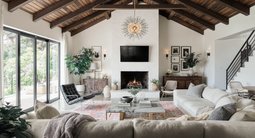

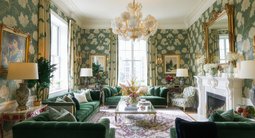
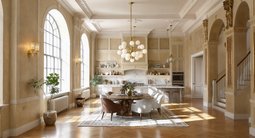




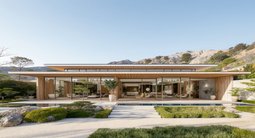



.png)